Sidrah Shabbir
Hyperspectral Image Classification: Artifacts of Dimension Reduction on Hybrid CNN
Jan 25, 2021
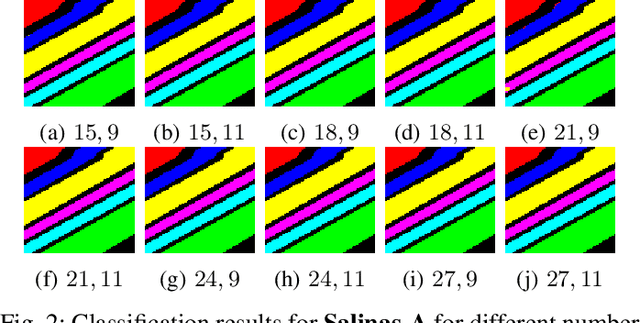
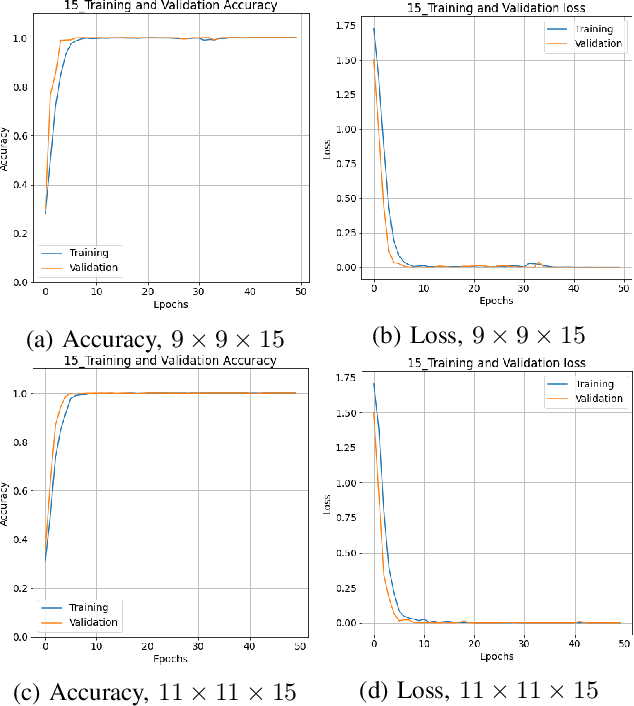
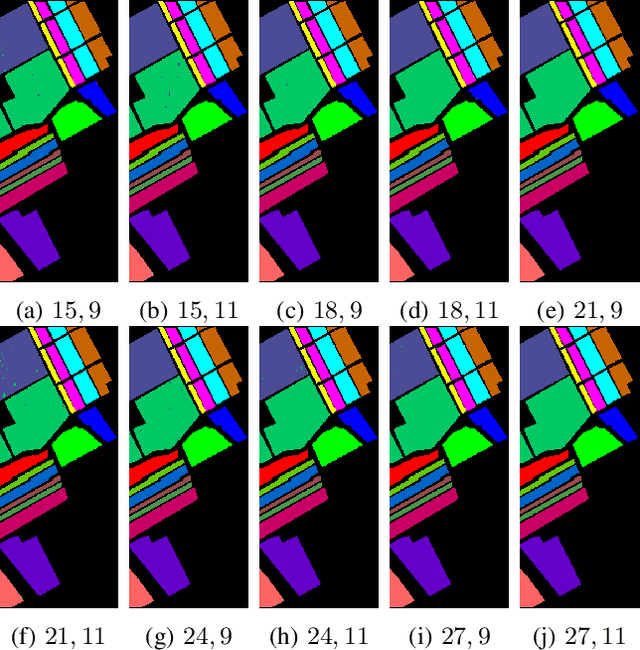
Abstract:Convolutional Neural Networks (CNN) has been extensively studied for Hyperspectral Image Classification (HSIC) more specifically, 2D and 3D CNN models have proved highly efficient in exploiting the spatial and spectral information of Hyperspectral Images. However, 2D CNN only considers the spatial information and ignores the spectral information whereas 3D CNN jointly exploits spatial-spectral information at a high computational cost. Therefore, this work proposed a lightweight CNN (3D followed by 2D-CNN) model which significantly reduces the computational cost by distributing spatial-spectral feature extraction across a lighter model alongside a preprocessing that has been carried out to improve the classification results. Five benchmark Hyperspectral datasets (i.e., SalinasA, Salinas, Indian Pines, Pavia University, Pavia Center, and Botswana) are used for experimental evaluation. The experimental results show that the proposed pipeline outperformed in terms of generalization performance, statistical significance, and computational complexity, as compared to the state-of-the-art 2D/3D CNN models except commonly used computationally expensive design choices.
Hyperspectral Image Classification -- Traditional to Deep Models: A Survey for Future Prospects
Jan 15, 2021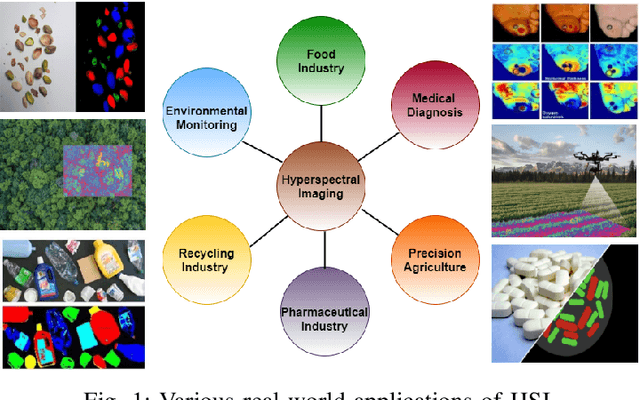
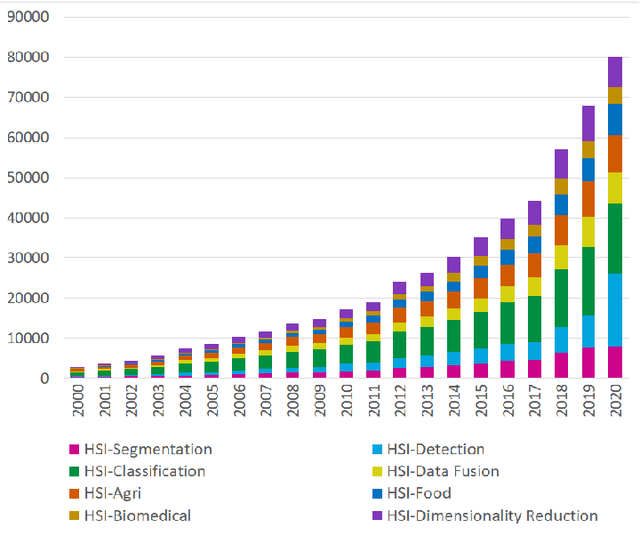
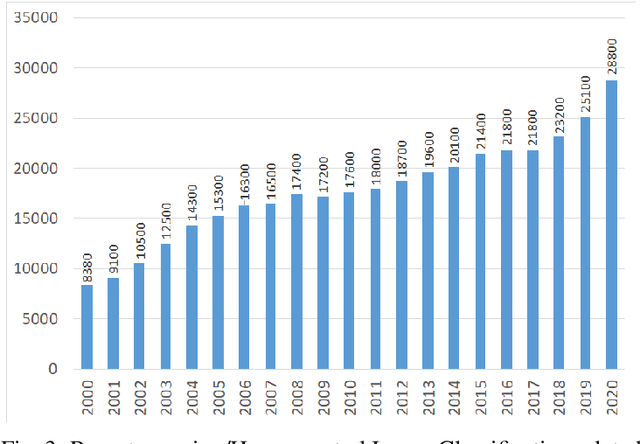
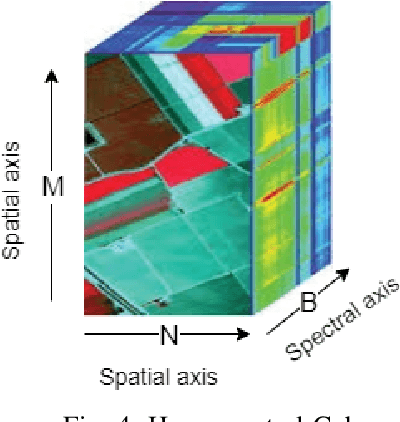
Abstract:Hyperspectral Imaging (HSI) has been extensively utilized in many real-life applications because it benefits from the detailed spectral information contained in each pixel. Notably, the complex characteristics i.e., the nonlinear relation among the captured spectral information and the corresponding object of HSI data make accurate classification challenging for traditional methods. In the last few years, deep learning (DL) has been substantiated as a powerful feature extractor that effectively addresses the nonlinear problems that appeared in a number of computer vision tasks. This prompts the deployment of DL for HSI classification (HSIC) which revealed good performance. This survey enlists a systematic overview of DL for HSIC and compared state-of-the-art strategies of the said topic. Primarily, we will encapsulate the main challenges of traditional machine learning for HSIC and then we will acquaint the superiority of DL to address these problems. This survey breakdown the state-of-the-art DL frameworks into spectral-features, spatial-features, and together spatial-spectral features to systematically analyze the achievements (future directions as well) of these frameworks for HSIC. Moreover, we will consider the fact that DL requires a large number of labeled training examples whereas acquiring such a number for HSIC is challenging in terms of time and cost. Therefore, this survey discusses some strategies to improve the generalization performance of DL strategies which can provide some future guidelines.
 Add to Chrome
Add to Chrome Add to Firefox
Add to Firefox Add to Edge
Add to Edge